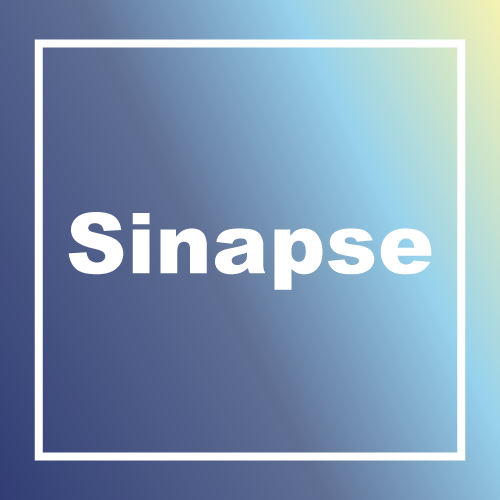Current political scenario no longer favors populism

Ricardo Sennes
Elections involve at least two dimensions, being ideological and pragmatic. Ideology references a world view, values or laws that rule social life and economy. Pragmatism aims for a short-term result, either material or practical. Voters usually combine both dimensions in different degrees when choosing a candidate.
A recent study by DataFolha Institute portraits this dynamic. Broadly speaking, Brazilian society is equally divided between left and right wing. According to the study, 10% of the population are left wing, while 10% are right wing. 30% identify as center-left, and another 30% as center-right. On top of that, 20% say their political position is in the center. There has been little variation from previous studies.
Some tendencies can be inferred from this data. One, that any candidate to an executive seat will have to attract a significant amount of ballots outside his/her ideological position. Most of the times, the target is the center of the spectrum. The further from the center the candidate is, the smaller are their chances to be elected. Brazilian labour party PT understood this logic after losing three presidential elections; the party has won four consecutive elections since. Brazilian Social Democracy Party, PSDB, does not apply the same tactics nationwide and has modest results. In São Paulo, its origin state, the strategy is different and much more successful.
The challenge ahead for 2018 presidential election is to identify which candidate is more likely to win the centrists. Lula, today’s number one in the polls for president, may be soon out of the race. With a rejection rate around 50%, Lula became a candidate with “high flooring and low ceiling”, like Brizola, Marta Suplicy and Jose Serra, meaning they are politicians who start an election with high winning expectations but can hardly get to second ballot, and when they get there, it will be difficult for them to win.
It is the same story with candidates like Jair Bolsonaro. Although it is almost impossible to pin his position in the political spectrum – he has yet to provide clear ideas on the country, its institutions and its economy – it is easy to see how he mixes proposals that are authoritative, military, nationalists and moralistic; in short, a less liberal right wing. Even if he could be identified as extreme right, his chances at the ballot boxes are slim. As right wing voters are only 10% of the total, he would still have to gain all the center-right (30%) and a portion of centrists. At the far end of right wing, his growth is only possible towards the middle. Take into consideration that at least two or three center-right candidates should stand for next elections, the center of the spectrum is about to become the core of the dispute: Bolsonaro will not be in a good position to emerge as best option.
Qualitative surveys have shown that voters choose center-right, moderate liberals candidates who are in favor of non-extreme state reforms. Most voters are still averse to a strong focus in privatization. On top of that, ballot will go to clean politicians who were not involved with corruption or cited at the “Car Wash Operation”, be them outsiders or not, as long as they show maturity and ability to deal with crisis and complex environments. This is where ideology gets combined with pragmatism.
Among potential candidates for the presidential run in 2018, just a few can tick all the boxes. This will force a broad ideological alliance and coalition deals. For example, a center-right candidate able to bring in other parties or even a co-runner with a different position will surely have more chances than candidates choosing to remain in close tight positions.
In this scenario, the risk is having too many center-right candidates, leading to a political cannibalization that will supress the fairness of voting system. The outcome could be that center-right voters would scatter their ballots among too many candidates and extreme right or extreme left candidates could benefit.
In countries such as Brazil where social inequality is high, there has always been a place for populists, right or left wing. The good news is that surveys do not point towards their success, unless under a very specific political context.
Ricardo Sennes is a managing partner at Prospectiva and a specialist in political and economic scenarios, the formulation and implementation of public policies, and the evaluation of their impacts on companies. He has experience in industrial policy, industrial promotion, and international integration. Sennes possesses a doctoral degree and a master’s degree in political science from the University of São Paulo (USP) and serves as the general coordinator of the university’s leading international affairs think tank (Gacint). He is currently a non-resident partner of the Atlantic Council’s Latin America program, a member of FIESP’s Council of Strategic Affairs, and a member of the council overseeing of the journal Foreign Affairs (Mexico and the United States).
COMENTÁRIOS:
Destaques
- Diretor da Aberje lança livro sobre a teoria sentimentalista de David Hume
- Em entrevista a CNN, CEO do Pacto Global da ONU no Brasil fala sobre comunicação e sustentabilidade
- EMIS é nova associada da Aberje
- Lab de Comunicação para a Sustentabilidade discute oportunidades e desafios para ações sociais
- Seminário da USP debate opinião, política e democracia na atualidade
ARTIGOS E COLUNAS
Regina Macedo Narrativas femininas: amplitude e diversidade na comunicaçãoPatricia Santana de Oliveira Qual retorno do investimento em PR?Marcos Santos Esporte como Plataforma de MarcaCarlos Parente Na vida e no mundo corporativo, não há texto sem contextoPamela Muramatsu Insights para uma comunicação mais eficiente para o agro



























